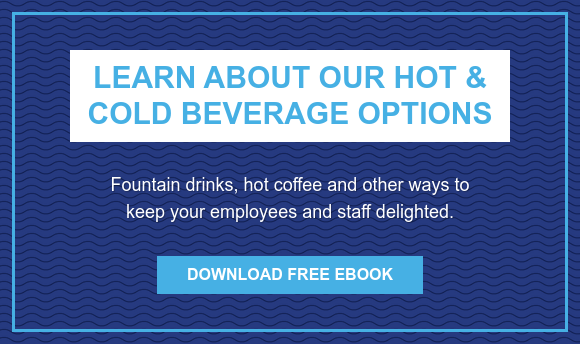How do you feel about the task of managing your business’s food and beverage inventory? It’s a long and tedious process, and sometimes even the word inventory can cause tremors throughout your staff. If you’re in the seasonal recreation industry, you know your window to manage this part of your operation is even smaller. How can you stay on top of seasonal inventory – and more importantly how can you be smart about it in order to protect your bottom line? Here are eight places to focus.
1. Trust Your Numbers
Numbers don't lie - they are the best sales indicator you have, and will help you know when to hit sales hard to move inventory, and when to replenish your stock. Keeping historical records of orders, delivery dates, outages, or brands that sold the best, and what the end of year holdovers were will help you forecast and plan for this year’s season.
 2. Manage Your Best Sellers
2. Manage Your Best Sellers
Trust your gut and rely on your experience of what your most popular items have always been. But, be careful not to overstock. There’s a fine line between offering your returning customers their favorites and ensuring you have the capacity to branch out to new brands or flavors in order to keep guests engaged.
3. Create a Personnel Plan
As a seasonal business, you know what days, weeks or weekends, are your busiest. Make sure you have adequate staffing. Give your schedule the foresight it needs to match your projected sales increase so your customers know they can always rely on great service, any time of year!
4. Consider the Power of Advertising
Just as you hope a grand re-opening promotional push will get people in the door, an end-of-season celebration can do virtually the same thing. Create a campaign or promotion that speaks to offloading inventory as a way to sweeten the deal for customers who come out to support you. Think of pairing food and beverage items together.
5. Be Social
Pay attention to what’s trending online and on social platforms. Review your competitors’ websites and social pages, too. If they’re in the same business as you, they’re likely trying to manage their food and beverage inventory, as well. Make sure you're just as "visible" on social platforms as your competition!
6. Philanthropy Pays
If you know you’ll be saddled with inventory post-season that won’t hold until next year, consider donating it. It’s not the same as selling it to generate profit, of course … but doing good for your local community can be very good for business.
7. Partner for Profit
If you’re a seasonal business, you’re well aware of what and who comprises the rest of your industry. Have you considered how you can partner with another business or organization to move your inventory? Let’s say you’re a golf course and you close the links in October. Whose season begins after yours ends? Ice rinks, ski hills, and other winter-based municipalities might be interested in your inventory, especially if you’re motivated to move it and can offer a discount that's mutually beneficial.
8. Work With a Supplier Who Understands Seasonality
Seasonal surge is different than a business that operates a full 12 months a year. Your food and beverage supplier should be able to appreciate and value your business for its unique operation, not base it off other service models. It’s key to partner with a company that’s understands the intricacies of seasonal businesses and is proficient in helping you manage your seasonal inventory. A good supplier knows that they aren't successful unless you are!



